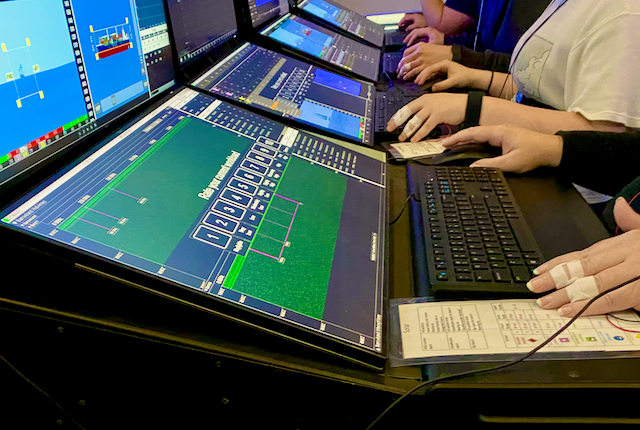Enhanced Human and Team Performance
Enhancing personnel resilience and abilities, including state-of-the art training and preparation for the strenuous cognitive and physical tasks associated with operations, or through significant augmentation to cognition, endurance and protection during operations.
UWA conducts research to enhance interactions between humans and technology to maximise individual and team process, cognition, and performance. This provides critical operational advantages across all domains of warfare (air, maritime, land, space and information/cyber).
Capabilities and UWA Competitive Advantage
- Collaborating on cognitive science and human factors-based innovations to maximise the resilience, responsiveness and adaptability of ADF individual operators and teams.
- Measurement of individual operator and team processes and performance, workload, situation awareness, and perceptions of system usability.
- Behavioural Insights for Technology Adoption is identifying which behaviours may constrain the adoption of new technologies to help address Australia’s strategic challenges.
- Optimising operator task load and predicting risky behaviour using adaptive technology.
- Human perception and attention research to augment battle-ready platforms; including, visualisation tools, augmented reality and virtual reality.
- Human-in-the-loop testing of innovative technology and work design in the submarine Control Room Use Simulation Environment (CRUSE) to achieve undersea decision superiority.
- Kinanthropometry and physiological function in challenging environment including body temperature regulations in hot and humid environments.
- Human and organisational factors and their role in maintenance dependability and reliability on Submarines in collaboration with the RAN.
- Combatting misinformation.
Key contact
Professor Shayne Loft
Phone: +61 8 6488 4610
Email: shayne.loft@uwa.edu.au
Outcomes and Impact
- Reliable and valid measures of situation awareness, workload, team process, and individual/team performance for Defence application.
- Personnel selection and training interventions to improve soldier situation awareness, workload management and battle-readiness.
- Empirical evidence-bases for best practice (work design) in ADF human-automation teaming settings.
- Evaluation of operator workload and performance under different technology concepts for augmented reality displays in battlefield environments.
- Innovative human-machine interfaces that optimise the integration of advanced robotics platforms with human counterparts.
Facilities
- Human Factors and Applied Cognition Laboratory
- Task simulation facilities (e.g. submarine command and control room, uninhibited vehicle management, maritime/air contact classification, air traffic control, driving) for individual operator and team-level experimentation (human-in-the loop studies)
- Virtual reality (VR) facilities that simulate augmented display technology for dismounted combatants
- Sensory Neuroscience, Attention and Perception (SNAP) Laboratory



